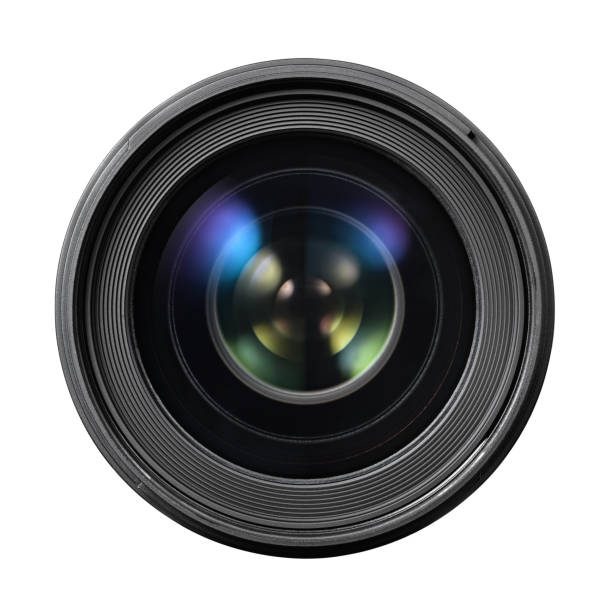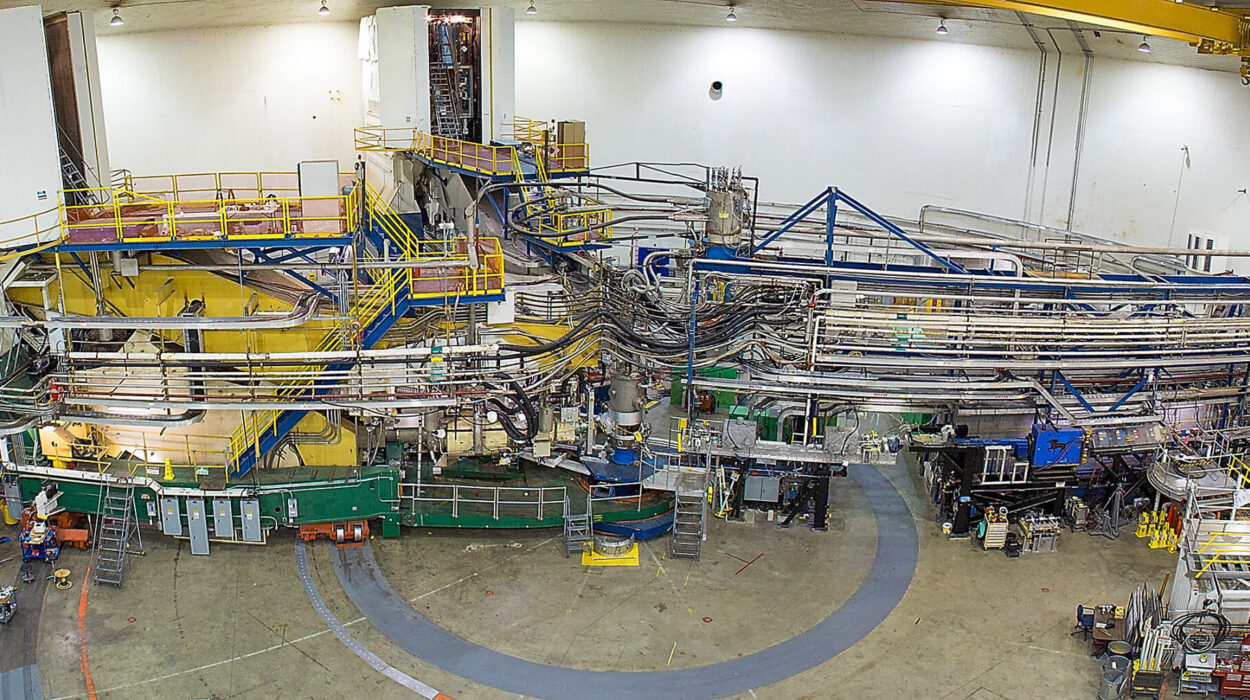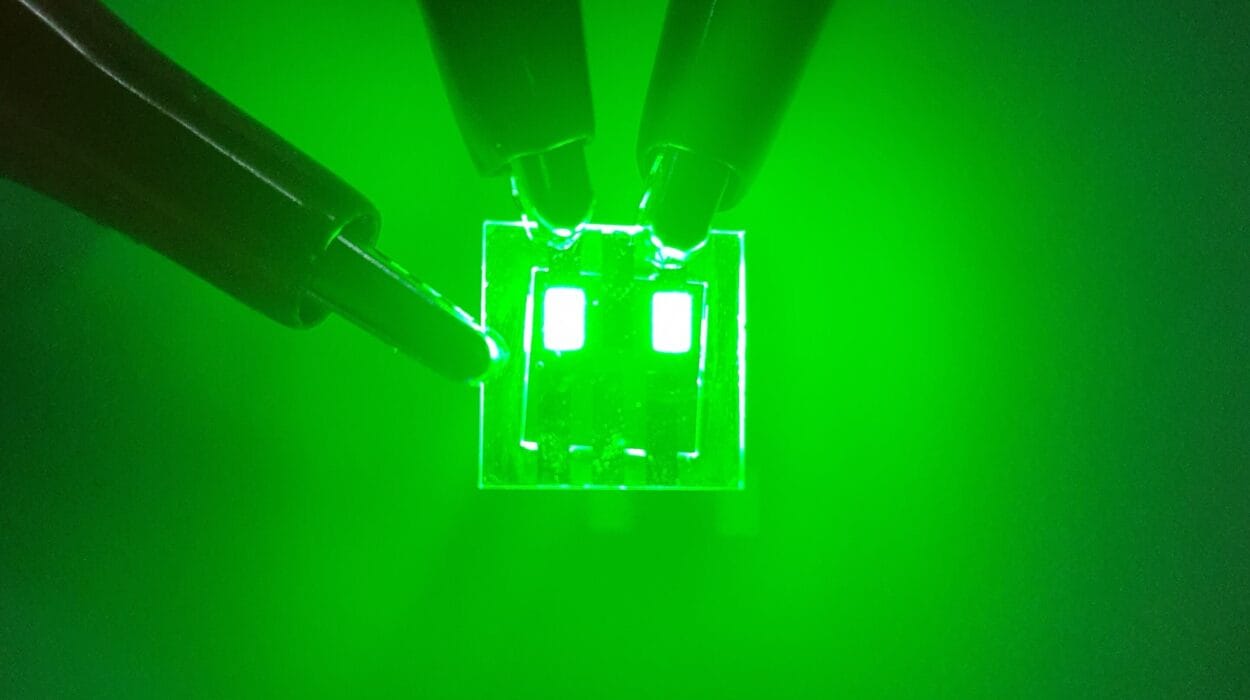From the glasses that help millions see clearly to the cameras capturing breathtaking moments, lenses play a pivotal role in our everyday lives. Yet, beneath their simple, smooth curves lies a profound interaction of light, matter, and physics that shapes the images we see. Understanding how lenses work requires diving into the fascinating world of refraction and image formation—a journey that unravels the mysteries of light bending and how our minds interpret the visual world.
The Nature of Light and Refraction
To comprehend how lenses function, we must first appreciate the nature of light itself. Light is an electromagnetic wave that travels through space at a remarkable speed—approximately 299,792 kilometers per second in a vacuum. When light moves from one medium to another—say, from air into glass—it changes speed. This change in speed causes the light to bend, a phenomenon known as refraction.
Refraction is the key to lenses. Imagine a beam of sunlight entering a pond. The rays appear bent at the water’s surface. This bending occurs because water is denser than air, and light slows down when it passes into it. The amount by which light bends depends on the refractive index of the material—essentially, a measure of how much the material slows light relative to vacuum.
The mathematical description of refraction is given by Snell’s Law, which relates the angles of incidence and refraction to the refractive indices of the two media. Though the equation itself is straightforward, its implications are profound. It tells us that as light passes through boundaries between different substances, its path changes predictably. This bending can be harnessed, controlled, and designed, which is precisely what lenses do.
What Is a Lens?
A lens is a transparent object, usually made of glass or plastic, that has at least one curved surface designed to refract light rays in a specific manner. Depending on the shape of its surfaces, a lens can converge (bring together) or diverge (spread out) light rays.
There are two basic types of lenses: convex and concave. A convex lens, often called a converging lens, is thicker at the center than at the edges. When parallel rays of light pass through a convex lens, they bend inward and meet at a point called the focal point. Conversely, a concave lens is thinner at the center and thicker at the edges, causing light rays to spread out or diverge.
Lenses can have one or both surfaces curved. The way light bends inside the lens depends on the curvature of these surfaces and the refractive index of the lens material. This subtle interplay determines how lenses focus light and form images.
The Journey of Light Through a Lens
When a beam of light approaches a lens, each ray bends twice—once upon entering the lens and again when exiting it. The amount of bending depends on the angle at which the ray strikes the lens surface and the difference in refractive indices between air and the lens material.
Inside the lens, light travels slower than in air, which causes it to change direction. In a convex lens, rays near the edge bend toward the central axis more than rays near the middle, causing all rays to converge. This focusing action is fundamental to how images are created.
The point where these refracted rays meet after passing through the lens is called the focal point. The distance from the lens center to this point is known as the focal length, a critical measure defining the lens’s optical power. A shorter focal length means stronger convergence and a lens that bends light more sharply.
Image Formation: Real and Virtual Images
Lenses do more than just bend light; they create images—representations of objects that our eyes or cameras can perceive. The nature of the image depends on the position of the object relative to the lens’s focal point.
When an object is placed beyond the focal length of a convex lens, the refracted rays actually converge and form a real image. This image can be projected onto a screen because it’s formed by actual light rays meeting at a point. Real images are typically inverted, meaning they appear upside down compared to the object.
If the object is inside the focal length—closer to the lens than the focal point—the refracted rays diverge after passing through the lens, so they never meet on the other side. However, when these diverging rays are traced backward, they appear to come from a point behind the lens, creating a virtual image. Virtual images cannot be projected onto a screen because they do not exist where the light rays physically converge. Instead, they are seen by looking through the lens, like the magnified image in a magnifying glass, which is upright and larger than the object.
Concave lenses, on the other hand, always form virtual images because they cause light rays to diverge. The images appear smaller and upright, as if they were inside the lens.
The Eye as a Natural Lens System
One of the most remarkable natural applications of lenses is the human eye. The eye contains a flexible, convex lens that changes shape to focus light from objects at various distances onto the retina—the light-sensitive layer at the back of the eye.
When light from an object enters the eye, the cornea (a curved transparent surface) provides most of the eye’s focusing power by bending the light. The eye’s lens fine-tunes the focus by adjusting its curvature through the action of tiny muscles. This process, called accommodation, allows us to see objects clearly whether they are near or far.
The retina captures the focused image, converting light into electrical signals that travel via the optic nerve to the brain. Our brains then interpret these signals, creating the vivid perception of the world around us.
Applications of Lenses in Technology
The principles of refraction and image formation enable a vast array of technologies. Cameras use lenses to gather and focus light onto film or digital sensors, capturing moments in crisp detail. Telescopes and microscopes combine multiple lenses to magnify distant stars or tiny cells, expanding human perception beyond natural limits.
Eyeglasses and contact lenses correct vision by adjusting the way light enters the eye, compensating for imperfections such as myopia (nearsightedness) or hyperopia (farsightedness). In projectors, lenses focus images onto large screens, while in optical instruments like binoculars, they aid in enhancing clarity and brightness.
Even cutting-edge technologies, like laser systems and fiber optics, rely on precise lens designs to control and direct light with incredible accuracy.
Aberrations: When Lenses Distort Images
Although lenses are powerful tools, they are not perfect. The bending of light is influenced by several factors that can cause distortions or imperfections in the images they produce, known as aberrations.
Spherical aberration arises because spherical lens surfaces do not focus all incoming rays to the same point, leading to blurred images. Chromatic aberration occurs due to the lens material refracting different wavelengths of light by different amounts, causing color fringes around images.
Lens designers use complex shapes and combinations of multiple lenses—called lens systems—to minimize these aberrations. Modern cameras, telescopes, and microscopes often contain elaborate multi-element lenses designed to produce sharp, true-to-life images.
The Physics Behind Lens Formulas
The behavior of lenses and the images they form can be predicted mathematically. The lens formula relates the object distance (how far the object is from the lens), the image distance (where the image forms), and the focal length of the lens.
This relationship is given by the equation:
1/f = 1/do + 1/di
where f is the focal length, do is the object distance, and di is the image distance.
This formula allows us to calculate where the image will form and whether it will be real or virtual, inverted or upright, magnified or reduced.
Magnification, the ratio of image size to object size, can also be calculated using the distances and gives insight into how lenses change the perceived size of objects.
The Intersection of Science and Art in Lenses
Lenses do more than just bend light; they shape our experience of the world, transforming reality into art. Photographers and filmmakers use lenses to control focus, depth of field, and perspective, crafting images that evoke emotion and tell stories.
Artists who work with light, such as those creating optical illusions or installations, exploit the principles of refraction to surprise and delight. Even the humble magnifying glass has been a tool of discovery and creativity throughout history.
A Window into the Universe
Lenses have expanded our vision beyond the limits of the human eye. Powerful telescopes with giant lenses or lens assemblies peer deep into space, revealing galaxies billions of light-years away. Microscopes allow scientists to explore the invisible realms of cells, bacteria, and molecules, uncovering the building blocks of life.
The ongoing evolution of lens technology continues to push boundaries in medicine, industry, and research, opening new frontiers in how we see, understand, and interact with the universe.
Conclusion: The Magic of Light and Curved Glass
Lenses embody the elegant dance of light and matter. By bending rays with precision, they form images that bring the world into focus, revealing both the grandeur of distant stars and the intricate details of the microscopic.
Their operation, rooted in the physics of refraction, highlights the beautiful unity between science and perception. Every lens is a tiny marvel, a crafted piece of physics that transforms the intangible waves of light into the vivid images that fill our lives.
Through lenses, we gain not just clearer sight but a deeper understanding of the nature of light, vision, and the universe itself.






